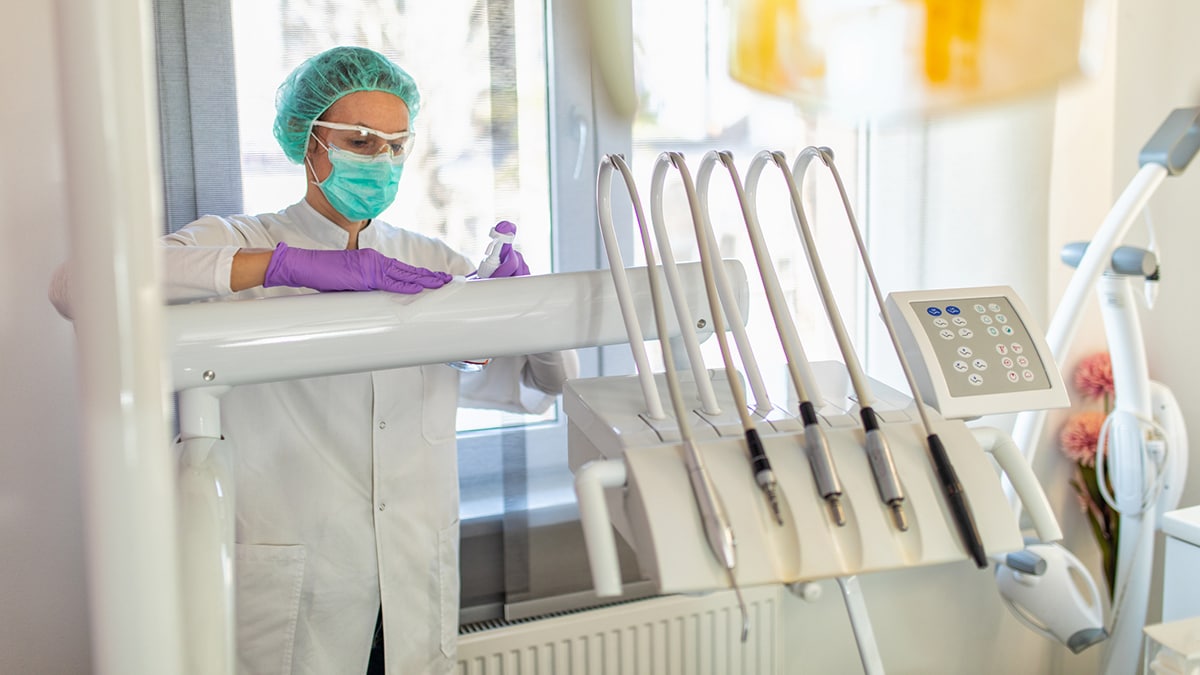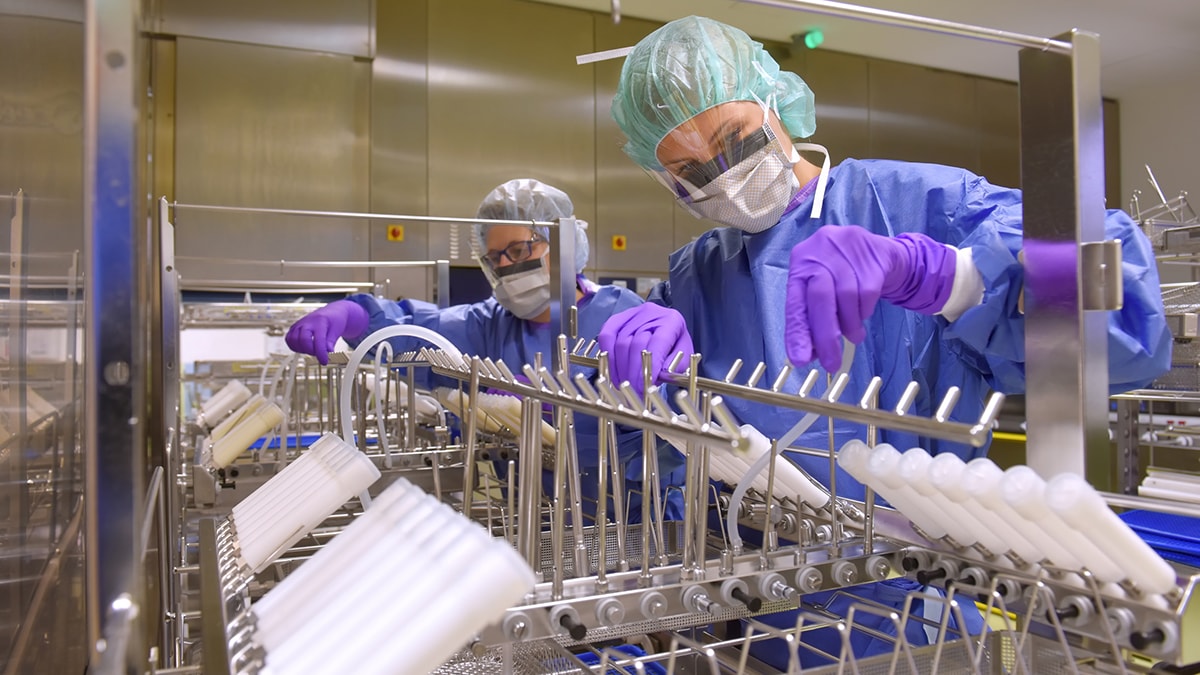Key points
- Chemical disinfectants are used to kill microbes.
- High level disinfectants (HLDs) are different from disinfectants used at home.
- HLDs are mostly used on medical equipment that cannot withstand high heat.
- We do not know whether long-term HLD exposure poses reproductive risks.

Understanding chemical disinfectants

Chemical disinfectants/sterilants are used to kill bacteria, viruses, fungi, protozoans, and parasites on equipment that cannot be sterilized using high heat.
High-level disinfectants are not the same as most common household disinfectants.
Common household disinfectants include surface sprays and wipes containing quaternary ammonium compounds or sodium hypochlorite (bleach) solutions. Common household disinfectants used by adults according to directions are generally not considered hazardous.
High-level disinfectants are used on delicate equipment that cannot be sterilized with heat. For example, they may be used on medical equipment in healthcare settings. Examples of high-level disinfectants include ethylene oxide gas, hydrogen peroxide gas plasma, glutaraldehyde, orthophthalaldehyde, peracetic acid, and formaldehyde.
Why I should be concerned about exposure to HLDs
Some studies showed a higher risk of reduced fertility, miscarriages, and preterm birth with healthcare workers who were exposed to HLDs.
We don't know what levels of HLD exposure are safe for a pregnant woman, or someone trying to become pregnant.
Who is at risk
- Healthcare workers
- Hospital staff
- Veterinary workers
- Nail, hair, and beauty salon workers
What I can do to reduce or eliminate exposure
Learn more about best practices recommended for using the specific HLDs used in your workplace:
- Recommendations for working with glutaraldehyde
- Information on working with formaldehyde
- Information on working with ethylene oxide
Resources
Getting help
Talk to your employer or workplace’s safety officer about how to handle HLDs safely at work.
For information on the Pregnant Workers Fairness Act, please see resources from the U.S. Equal Employment Opportunity Commission (EEOC) website.
Talk to your doctor about potential hazards at work. Make sure to mention that your job exposes you to HLDs.
Where I can get more information
NIOSH Hazard Communication for Disinfectants Used Against Viruses
